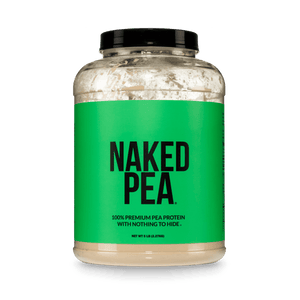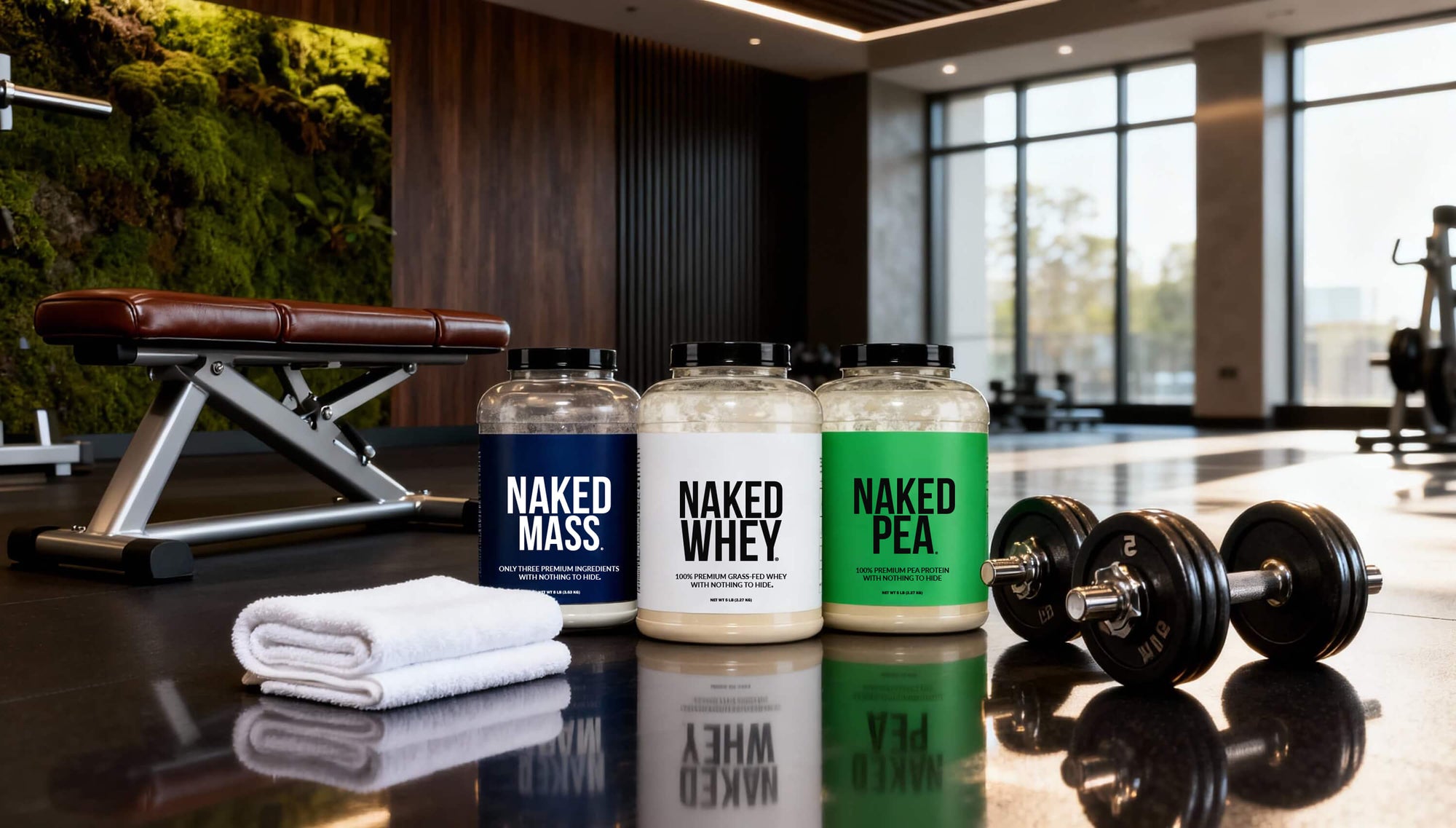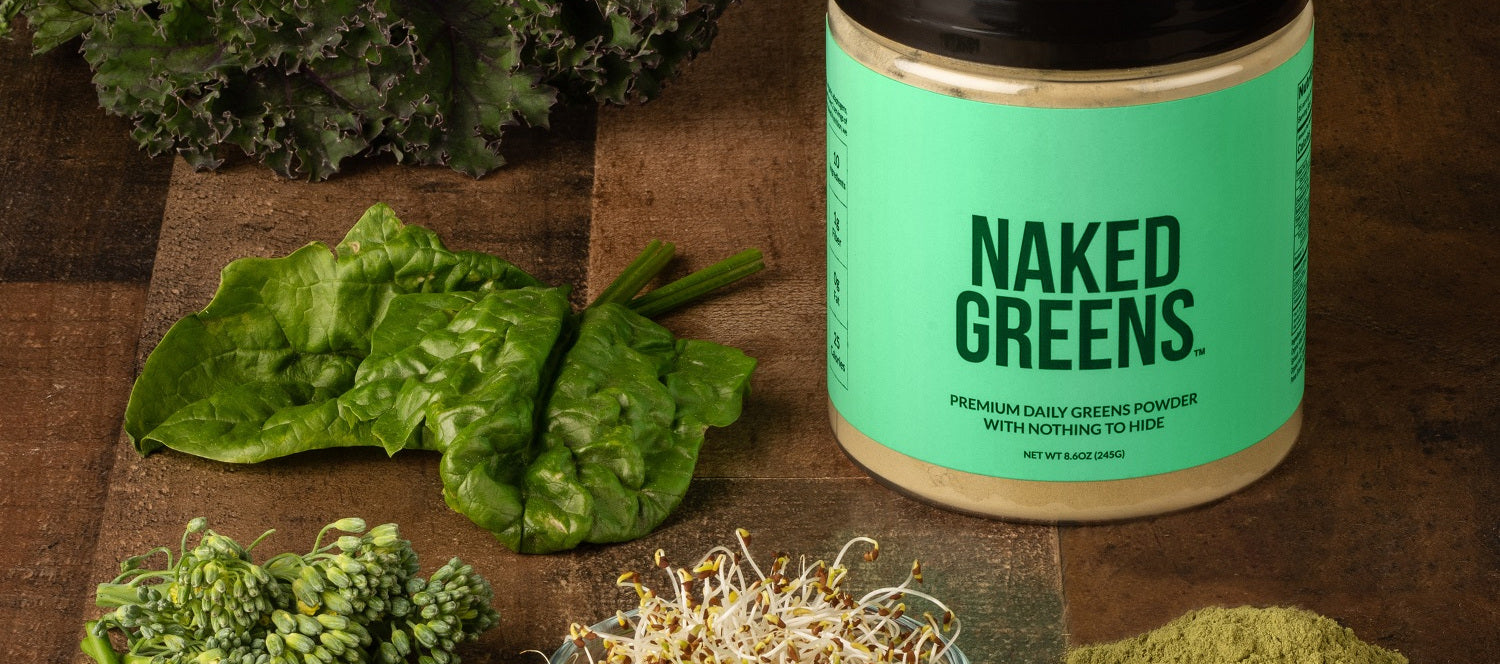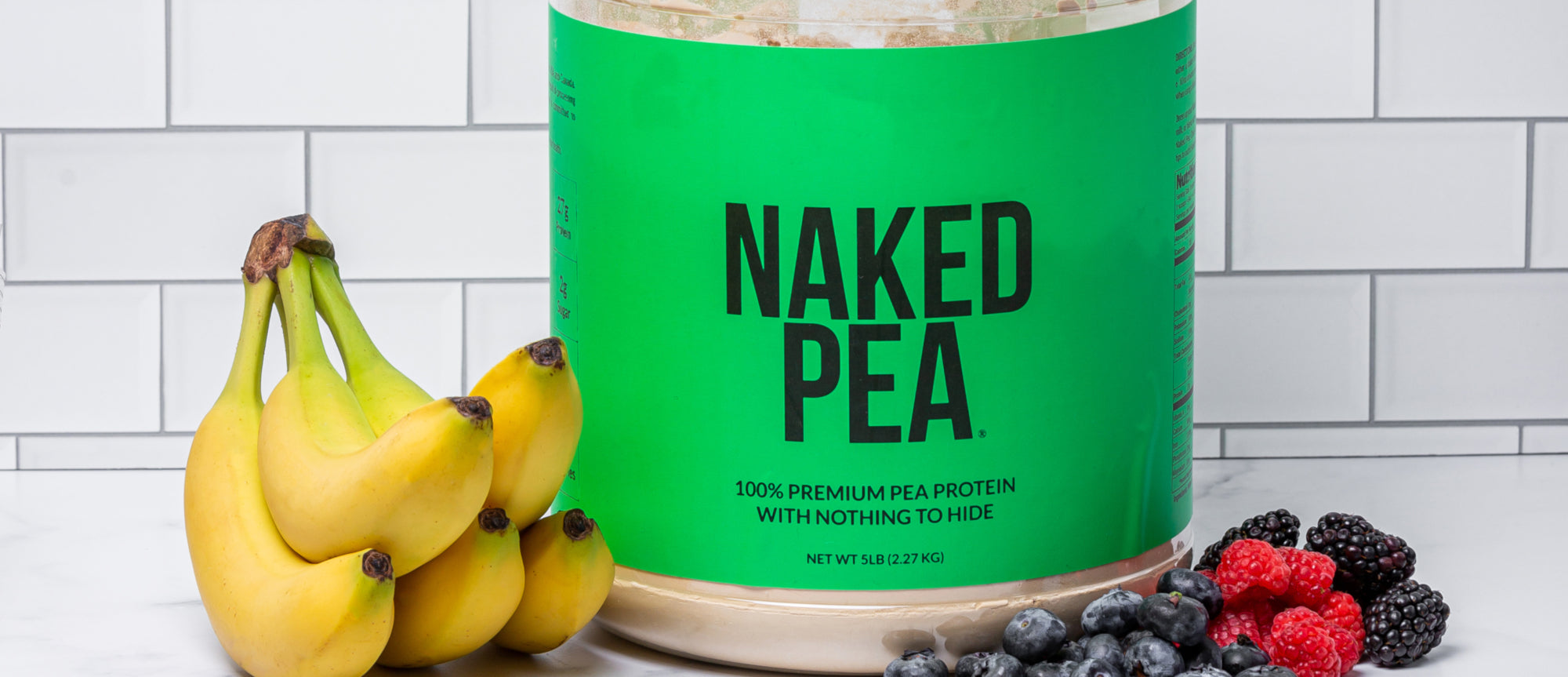
2024 was a year unlike any other - so as we begin 2025, our resolutions will need to look different this year.
Rather than signing up for gym memberships or joining workplace-wellness challenges, many of us are trying to figure out what “healthy” looks like from home.
And after a year that was uniquely stressful, it’s never been a more important time to remember that “health” is not just nutrition and exercise. Real wellbeing also involves our mental, emotional, and spiritual health.
With these circumstances in mind, we’re bringing you a 2025 edition of actionable strategies - organized by theme - to help you start the year healthier.
Rather than focusing on grand efforts like trying a strict new diet or exercise program, the transition into 2025 is an ideal time to focus on low-stress ways to take care of yourself - physically as well as mentally.
While you may feel stagnant or stir-crazy after extra time at home or away from your loved ones, you can still thrive in this new year.
Theme 1: Find Balance
Balance involves having different elements in the right proportions. This can apply to just about any area of our lives, whether it’s food groups, macronutrients, exercise modalities, relationships, and even hobbies.
Without balance, even a healthy practice can become “too much of a good thing.” For example, exercise and rest are both vital, but an excess of either one is counterproductive.
Resolutions for Balance
Balance your macros

One of the simplest yet underappreciated strategies for optimal nutrition is to balance your macronutrients every time you eat.
“Macronutrients” (aka macros for short) refers to the three main types of nutrients found in food: fats, carbohydrates, and protein.
During digestion, each macronutrient breaks down at different rates to become the glucose that fuels our cells. While carbs break down quickly to supply immediate energy, protein and fats provide a slower, longer-lasting fuel.
To balance macros, there’s no need to count exact amounts of them. Instead, just make sure that each macro is represented every time you eat to help you get the ultimate balance of both short-term and long-term energy.
For example, rather than having just eggs (protein) for breakfast, add avocado (fat) and a few fruit slices (carbs) for a better-balanced meal.
Balance your indulgences, sweets, and treats

Have you struggled with going off and on diets for years without success?
This “yo-yo” dieting cycle makes sense: when we heavily restrict certain foods (like sweets or carbs), we tend to crave and obsess over these even more.
When we inevitably do eat these restricted foods again, we therefore binge on them rather than enjoying them in moderation.
This yo-yo like relationship between restriction and bingeing can be a vicious cycle.
But here’s the key: by giving yourself permission to actually have some of the foods you enjoy, you’re less likely to binge on these foods in the future.
While it can take time to build this more intuitive relationship with food, there’s no better time than now to start.
Balance your workouts and rest

For some of us, 2024 might have meant a lot more couch-time. For others, maybe you’ve been pushing yourself to the brink.
Or maybe you’ve experienced both, finding yourself super motivated on some weeks yet sedentary on others (almost like the “yo-yo diet” equivalent in the fitness world).
As we move into the new year, it’s the perfect time to take stock of how you’re balancing movement and rest, then see if that balance needs shifting.
A minimum of 150 minutes of physical activity per week is ideal, with at least two days involving strength-based exercise.
Theme 2: Add Variety
You may feel like your 2024 lacked variety - but that doesn’t mean you can’t turn over a new leaf. You can still embrace variety in some foundational health areas, like what you eat and how you move.
Resolutions for Variety
Vary your proteins

Sustainability is becoming a hot topic when we talk about food, with animal proteins at the forefront of that conversation.
One of the easiest ways to help the planet out is to add more plant-based protein to your diet. This can be as simple as trading out meat for lentils, beans, tofu, or tempeh at one nightly dinner.
Not only do legumes offer a more sustainable protein option, but they are also rich in fiber, polyphenols, and other compounds that benefit the immune system.
Plant-based protein powders like our Naked Pea or Naked Rice are another easy, nutritious way to sub in plant protein.

Vary your plant intake
When it comes to plant foods (fruits, vegetables, seeds, nuts, and grains) it’s not just the daily quantity that matters.
Research has found that the diversity of plant foods you eat is correlated with the diversity of bacteria in your intestinal microbiome. And, as you’ve probably heard before, a healthy gut microbiome is foundational to an optimally-functioning immune system.
Varying your plant intake can be as simple as swapping new fruits and veggies in your daily routine.

Blending the same strawberry smoothie every morning? Use raspberries, pomegranate, or kiwi instead.
You can also make a new year’s resolution to try grains like millet, buckwheat, quinoa, or amaranth instead of rice.
Vary your workouts
Building some variety into how you move is vital. While it can be tempting to specialize in one arena while ignoring others, this does us no favors in the long-term.
Adaptive resistance describes the phenomenon when muscles get used to a specific way of moving and no longer respond as well to it. Adding variety not only prevents boredom, but it also improves performance and reduces the risk of energy.
Think about it: if your body routinely does the same motions, certain muscle groups will strengthen while others will weaken, leading to imbalance.
Switch it up this year by taking inventory of what types of activity you do and where you may be able to add in some newness. For example, if you’re someone who loves to run, consider adding in yoga or strength-work to boost your flexibility and stabilizing muscles.
Theme 3: Cultivate Connection
And finally, let’s talk about connection.
For many of us, the stresses of 2024 may have got you feeling disconnected - from our friends, family, communities, and maybe even ourselves.
Humans thrive with connection. So as we enter 2025, here are a few tips for rebuilding those linkages.
Resolutions for Connection
Connect to nature

One highlight of 2024 was a global trend towards spending more time outdoors. Being in nature has proven physical, psychological, and even spiritual benefits, even if you’re in a park in the middle of an urban city.
Embrace whatever green space you can - and if parks are limited where you live, consider potting a few plants indoors.
Connect to others in new ways
We get it if you’re tired of the same-old texting and virtual meetings, especially if you feel like there’s nothing new to report when you catch up with friends.
But infusing some new material into your messaging can breathe new life into these communication channels.
Having a virtual book or movie club (even if it’s just two people) gives you something to talk about that’s potentially deeper than usual.
If you want to take it really old-school, you can also try shared journaling with a friend or family member.
Connect to yourself through stillness

It may seem counterintuitive that after a year of quarantine, spending more time alone can still be helpful.
Scientists are continuing to find that meditation has a positive impact on emotional wellbeing, self-regulation, and stress management.
With a wide range of apps and free guided meditations online, there’s never been an easier time to dip your toe into mindfulness.
Related posts
20 research-backed motivation tips for life, work, and fitness
6 best supplements for gut health













